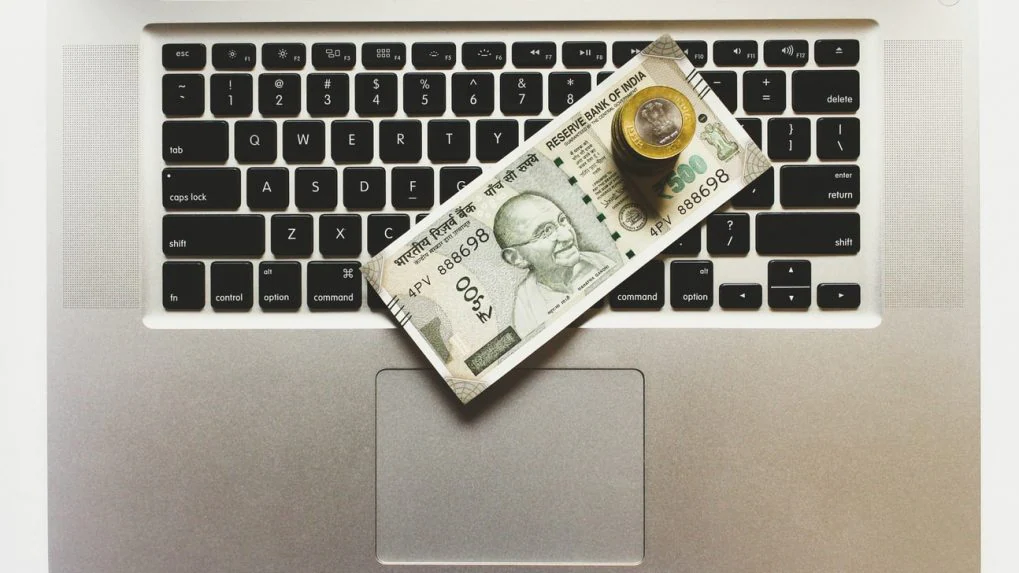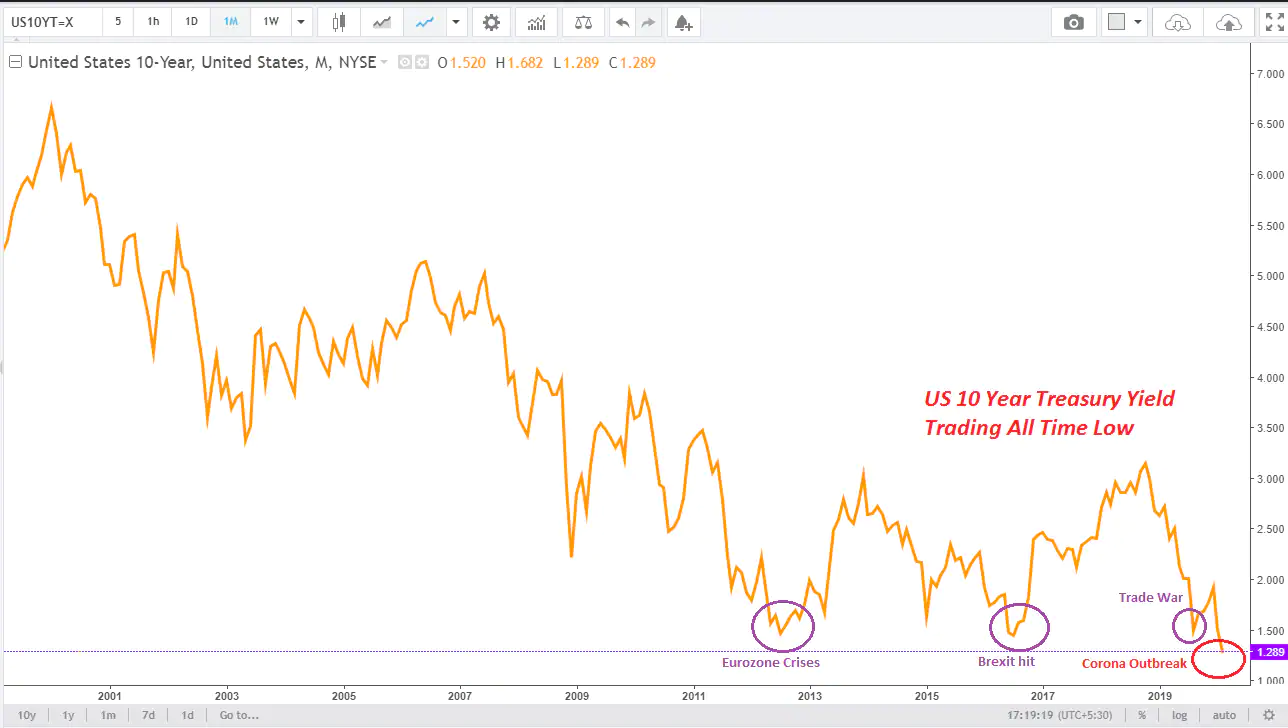- February 28, 2020
- Posted by: Amit Pabari
- Category: Economy

Since the beginning of 2020, the US dollar sentiment was signalling a rally, and a rally was what we got. It was just a few pips below a psychological mark of 100, a mark that would have created some significant shifts into investors’ and traders’ mind. However, this upswing appears to be over or nearly over, and a greenback retreat may have now already started as the currency is highly overbought.
So long as the coronavirus poses a threat to global economic growth, safe-haven demand could sustain. However, nothing can be most favoured than the bonds which are prominent from a recent drop in the US 10-year bond yields which have fallen significantly to all-time low near 1.30 levels. They are likely to stay around the record-low levels as the disease threatens to transform into an epidemic.
New coronavirus cases have emerged across Europe, most recently in Austria, Switzerland and Spain, while the virus spread in Italy takes the country’s new cases surpassing 320 while that in South Korea has reported a total close to 1,150 victims.
Safe haven for investors
Hence, US government bonds have been a safe haven for investors amid cascading losses on US stock markets with Dow Jones mopping all its one-year gains in the past 3-4 sessions. Bond market favourers see a variety of reasons to trend lower, including but not limited to the coronavirus outbreak. There is a general concern about global growth, worries over negative rates in the US, and the ever-changing political landscape that has triggered uncertainty into what the government will look like come 2021. Therefore, bonds being favoured over the currency, we shall see some retreat in the dollar index which would eventually prove beneficial for the rivals that were struggling to revive.
Domestically, it is going to be tricky to trade in the USD-INR pair. On one hand, we have the coronavirus-led sell-off in global markets but on the other hand, expected inflows are supportive of the rupee. However, considering the given fundamentals, one can be somewhat clear where the biasness for the pair would be at least the current financial year end:
- This week, the RBI announced LTROs to flush liquidity in the banking system, which lowers the short-term cost of capital. It also incentivised banks to play carry trade in the bond market by allowing them to borrow funds for three years under LTRO at flat 5.15 percent viz. repo rate, and then park those funds in long-term government or corporate bonds. It will help banks earn greater other income and bring down the long-term cost of capital, thereby encouraging FPI Inflows into the Indian bond market.
- Globally, though coronavirus is spreading rapidly outside of China, within China, the pace of the outbreak has slowed dramatically. Hence, the risk of economic disruption from the virus shall come down in days to come.
- Crude oil prices have constantly remained subdued despite global disruptions. This will somewhat help ease the fiscal deficit.
- Dollar Index is falling consecutively from past 4-5 trading sessions will ease of rivals.
- SBI card IPO, which could be around $5 billion from FPIs. At the same time, corporate inflows may gradually pick up as we head into the last month of FY20.
However, as compared to other emerging peers, rupee has remained resilient and volatility on the currency remains quite low as reflected on the extent of global risk-off. Stable crude prices and inflows into the country warranted by all-time high FX reserves are probably preventing any steep depreciation in the pair.
Technical aspect
From a broader horizon, the pair has been trading between 70.40-72.40 levels past one year but majorly has remained between 71.00-72.00 levels and hence it can be said that this range is a base range for the pair until now and any move above or below it shall be short-lived and sentiment-driven until any concrete fundamental change shifts the range. In the near term, despite global risk-off the pair hasn’t been able to breach 72.00 mark. Hence, there is 65-75 percent possibility that the pair shall retrace back towards 71.20-30 levels in days to come and it is less likely for rupee to depreciate beyond its one-year high of 72.40 levels until March 2020.
Amit Pabari is the MD of CR Forex Advisors.
Leave a Reply
You must be logged in to post a comment.


